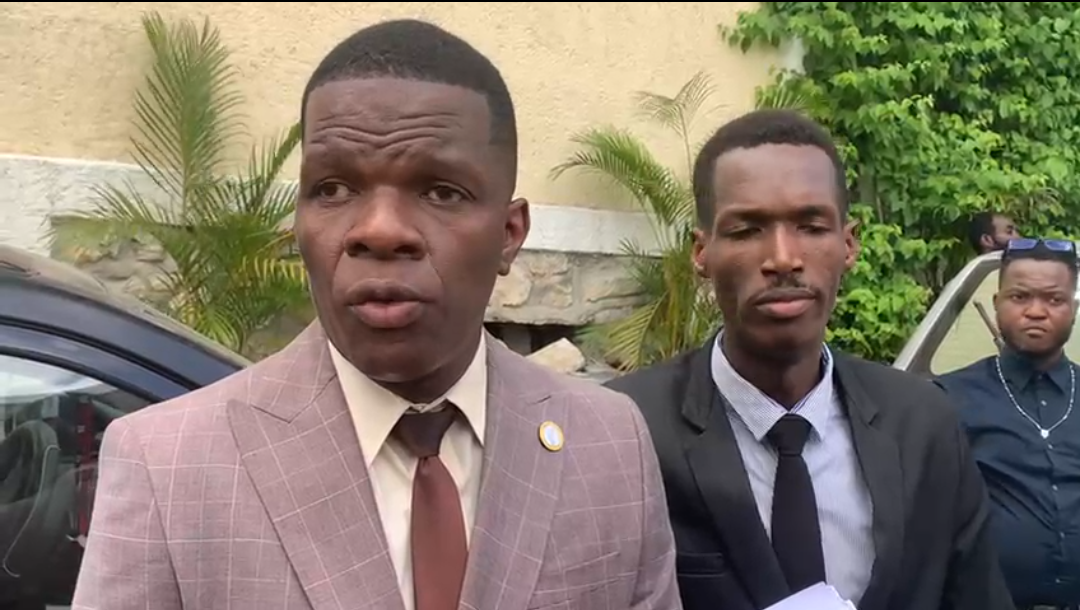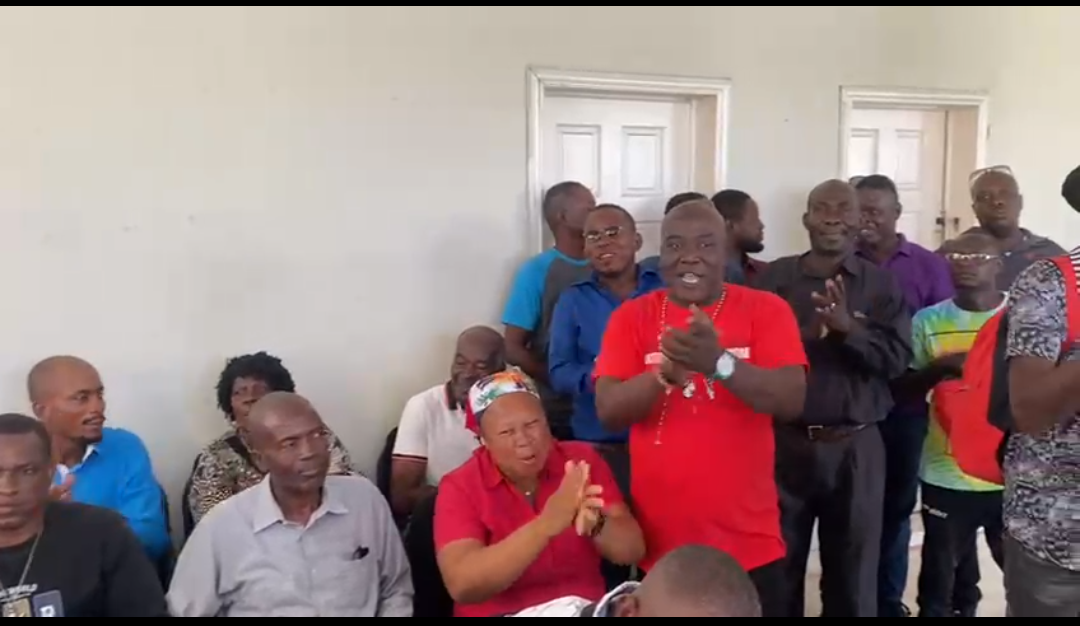
Getty Images
If Buccaneers receiver Antonio Brown had simply paid the money he allegedly owed to his former live-in chef, no one would know that Brown had a fake vaccination card, and neither Brown nor Buccaneers safety Mike Edwards would currently be suspended for three games each.
But now we know it happened. And we knew if could have happened, given the clear temptation for players who want to be unvaccinated but who want to be treated like they are vaccinated to procure fake vaccination cards. We also should know that it possibly has happened with other teams.
More specifically, the league should know it. And the league should do something about it.
Buccaneers coach Bruce Arians wants that to happen.
“I just hope that they don’t stop looking,” Arians told reporters on Friday. Asked whether this means that there are other issues throughout the league, Arians had a one-word answer: “Maybe.”
Maybe is absolutely right. The same temptation that existed in Tampa Bay existed in every other NFL city. The fact that the league found three players who misrepresented their status in Tampa Bay means that they should be looking for players elsewhere who did the same thing.
On Thursday, the league told PFT that 80 percent of all vaccinated players received their shots at club facilities. As to the 20 percent of vaccinated players who got their shots elsewhere, the league asked the teams whether the percentage of positive COVID tests among those players was any different than the percentage of positive COVID tests among the players who were vaccinated at club facilities. Per the league, it learned via this exercise that there was no difference.
That’s not the best way to find players who used fake vaccination cards. As one source with one of the teams pointed out to PFT, “Their logic is faulty. They are using the fact that the percentages are the same as proof that fake cards don’t exist. . . . There are plenty of players who haven’t gotten COVID who may have fake cards.”
Also, the sample size is going to be very small. Assuming 100 percent vaccination of the 53-man roster and that 80 percent of those players were vaccinated on site, that’s 10.6 players on average who were vaccinated off site. In Tampa, roughly 20 percent of the players vaccinated off site had fake cards.
That’s enough of a rate of fake cards in Tampa to compel the league to review the cards in every other team, and to mete out three-game suspensions for every player who submitted a fake card.
While this situation may have been enough to scare players with fake vaccination cards into getting vaccinated, it doesn’t change the fact that they used fake vaccination cards, and that they behaved as if they were vaccinated for months. Getting vaccinated now doesn’t make a fake card tendered in July real. If they did, they did. And the only way to figure it out is to perform the same review elsewhere that was performed in Tampa.
It sounds like they won’t. It sounds like they don’t want to. If the situation in Tampa is representative of the trends elsewhere, they’ll eventually find 96 total fake vaccination cards, with 64 of them belonging to players currently on teams.
That possibility seems sufficiently significant to require something more than coming up with a flawed statistical analysis based on positive results that has no relevance to whether fake cards were secured and used.










